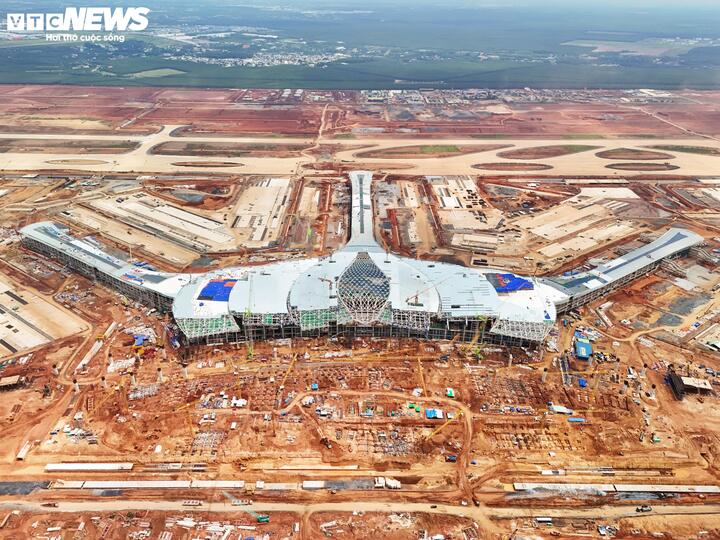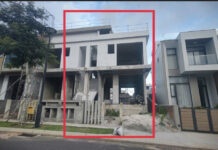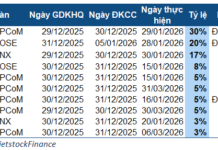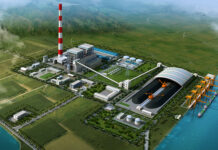Information provided by Vu The Phiet, Chairman of the Board of Directors of the Vietnam Airports Corporation (ACV), during a recent working session with Prime Minister Pham Minh Chinh and his entourage.
Specifically, at the meeting, Mr. Vu The Phiet shared that the enterprise has developed operational documents and engaged foreign consultants to prepare for the launch of the Long Thanh International Airport in Dong Nai Province, meeting international standards.
According to Mr. Phiet, the company has sought opinions on the operational plan, which includes a proposal to transfer all international flights from Tan Son Nhat International Airport in Ho Chi Minh City to Long Thanh once the new airport becomes operational.

As scheduled, Long Thanh Airport is expected to operate its first technical flight on December 19th.
The Long Thanh Airport is on track to operate its first technical flight on December 19. ACV and the contractors are working diligently to complete the construction and commence commercial operations as soon as possible.
Presently, all packages of Component Project 3 (including essential works such as the passenger terminal, runways, taxiways, and aprons) are being implemented simultaneously across the entire site. Approximately 13,000 specialists, engineers, and workers, along with some 3,000 pieces of equipment, are being mobilized to expedite construction progress.
Component Project 3 consists of 14 packages, of which 3 have been completed, and the remaining 11 are under construction. The total value of the work completed so far amounts to approximately VND 40,316 billion, equivalent to 51% of the plan.
Regarding the passenger terminal, over 4,700 personnel and 1,000 machines and equipment have been arranged for construction. The steel structure for the roof is 99% complete, and it is anticipated that the entire central roof structure will be finished before August 15.
Runway 1 has been substantially completed. Runway 2 was commenced on May 30, and the contractor joint venture has mobilized over 280 engineers, workers, and 127 pieces of equipment for the construction.








































